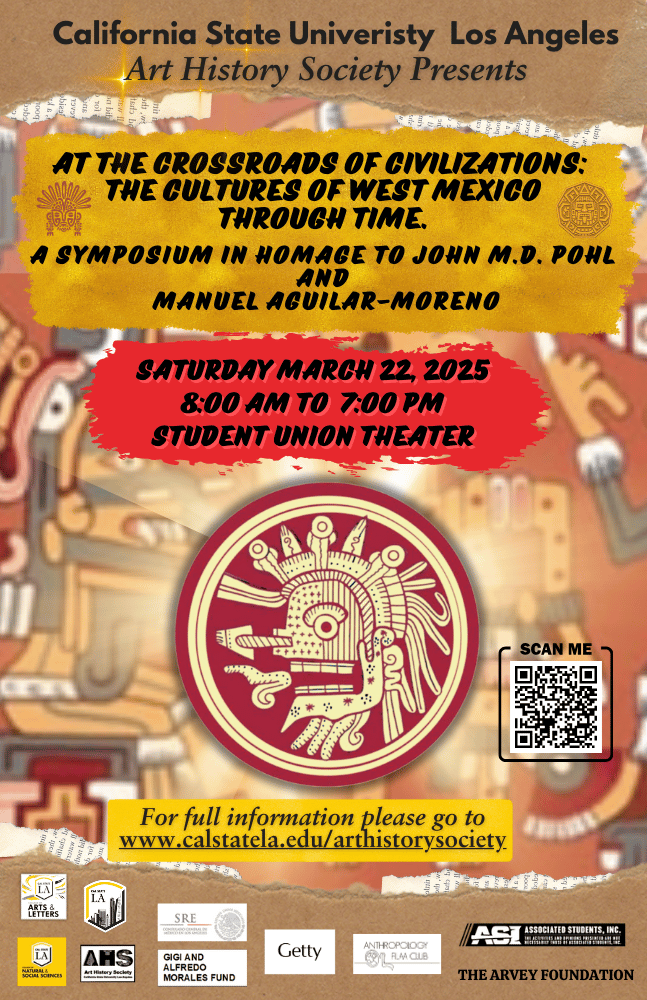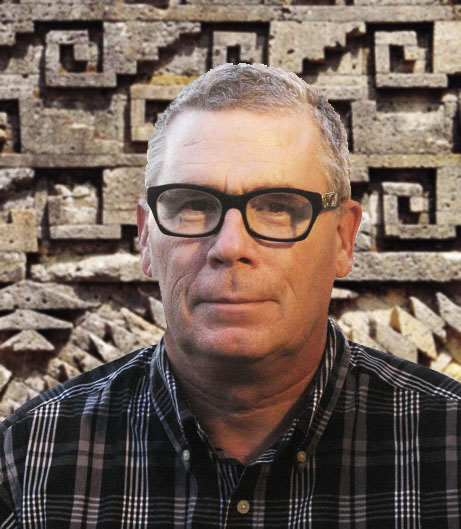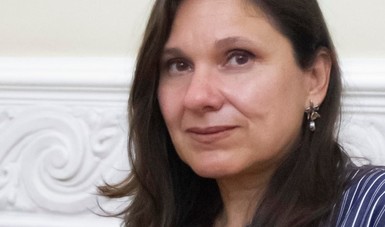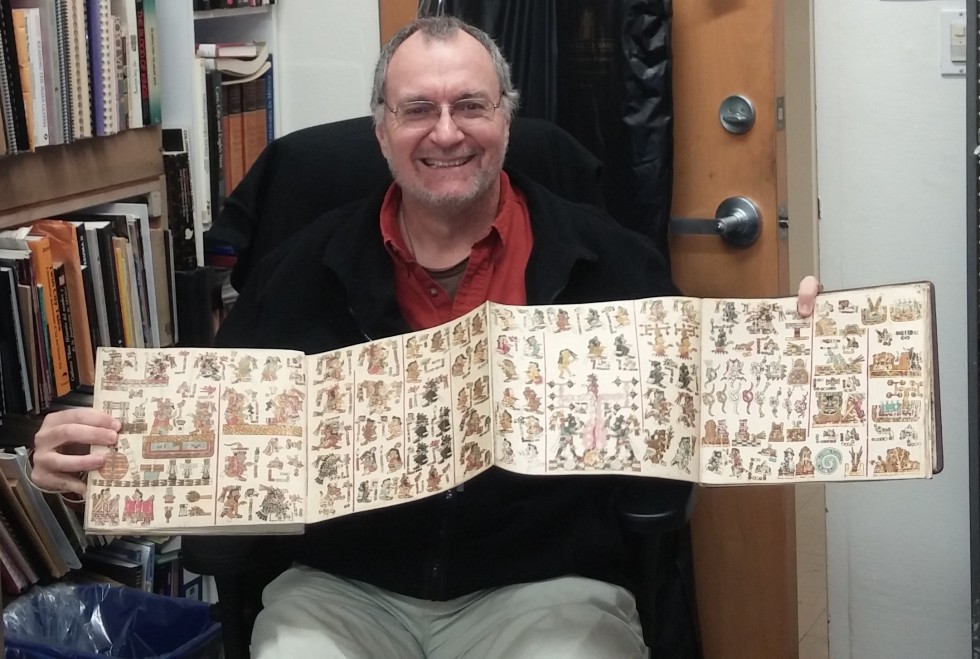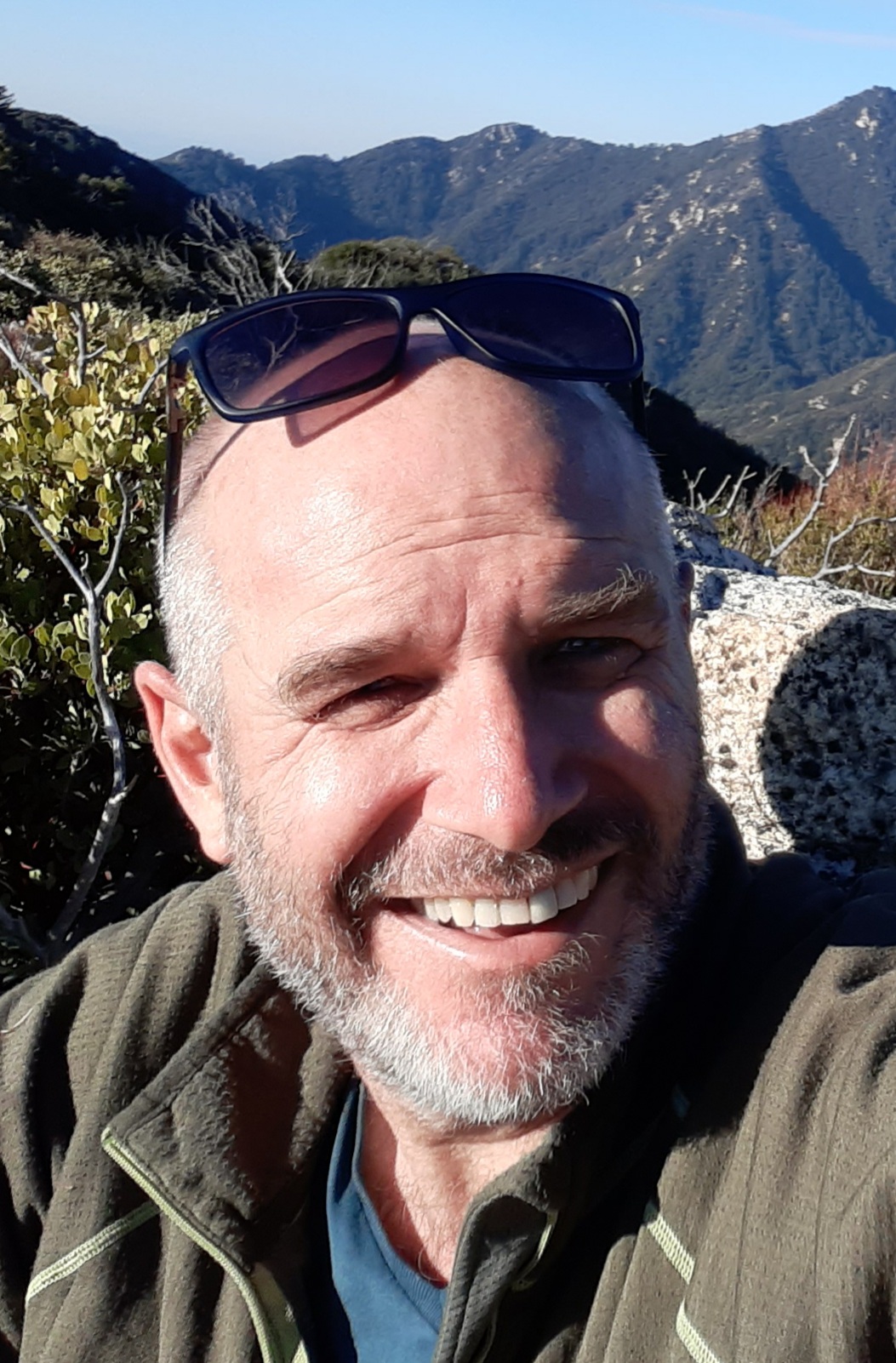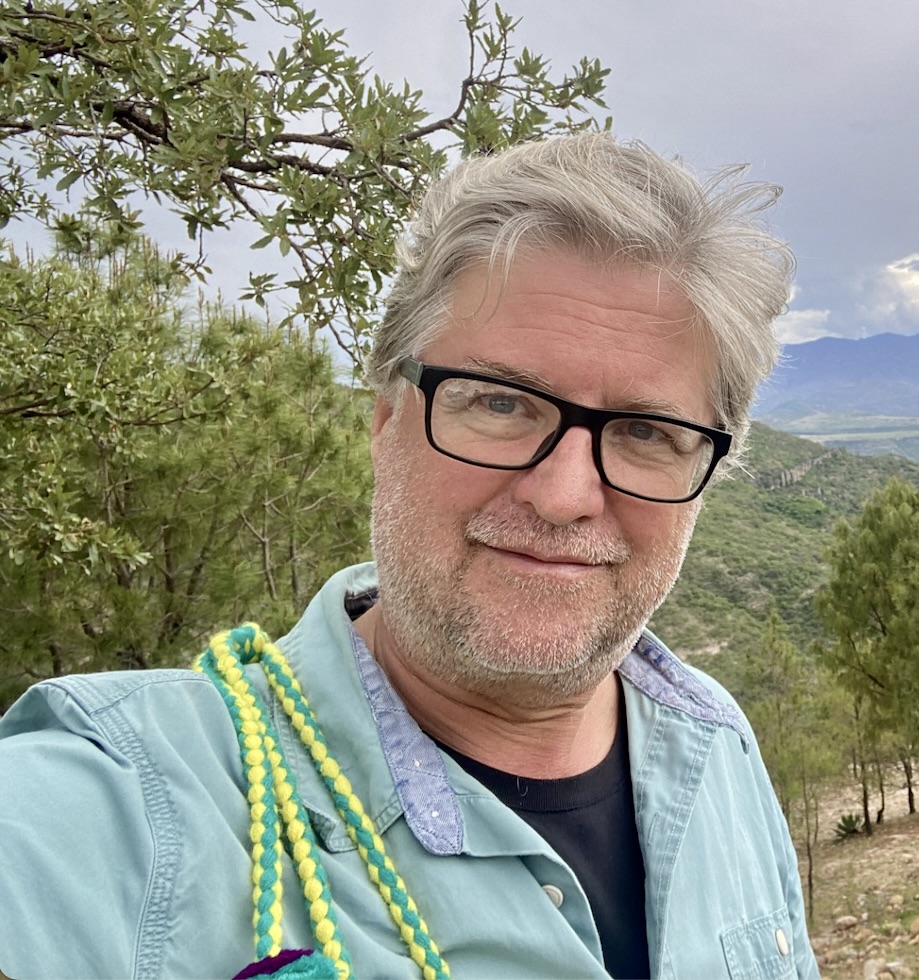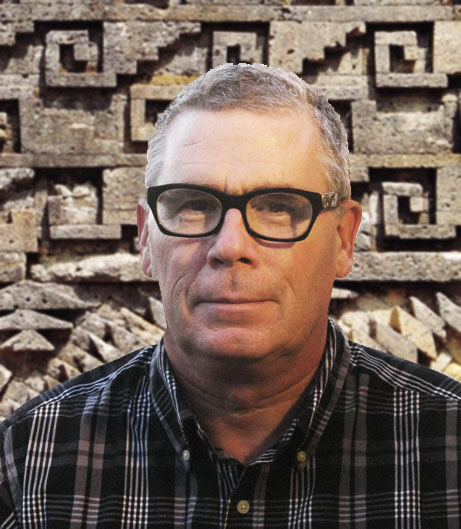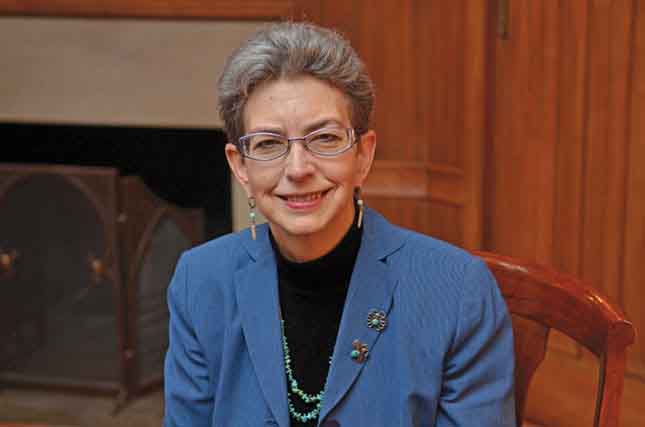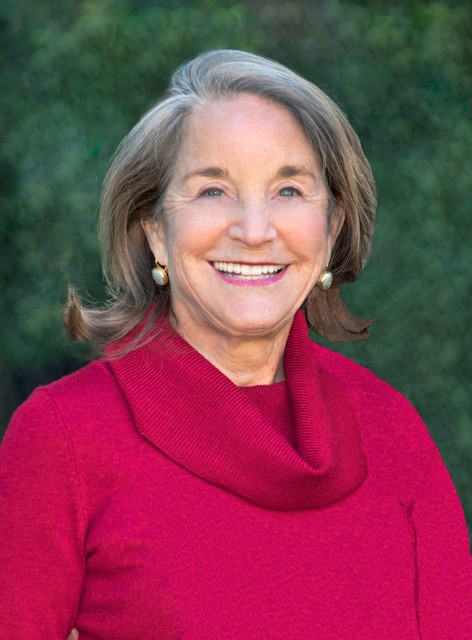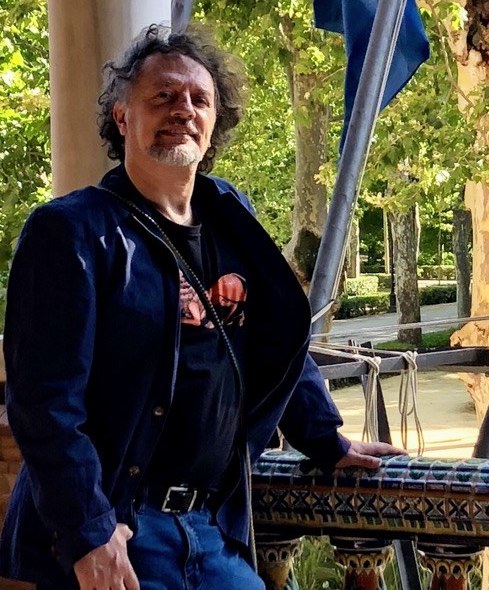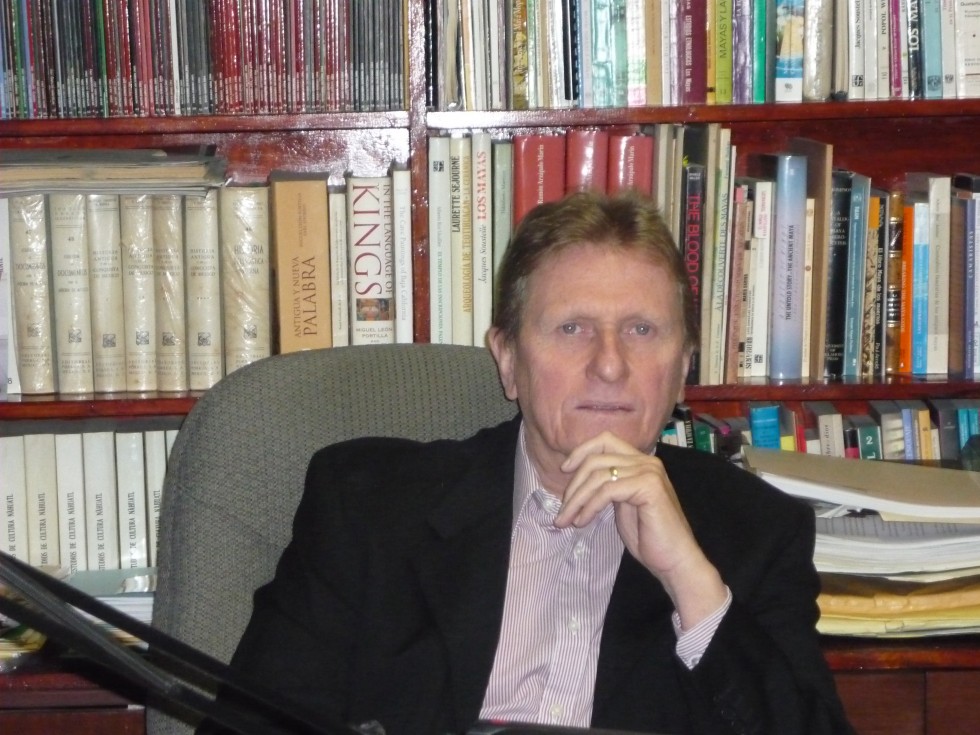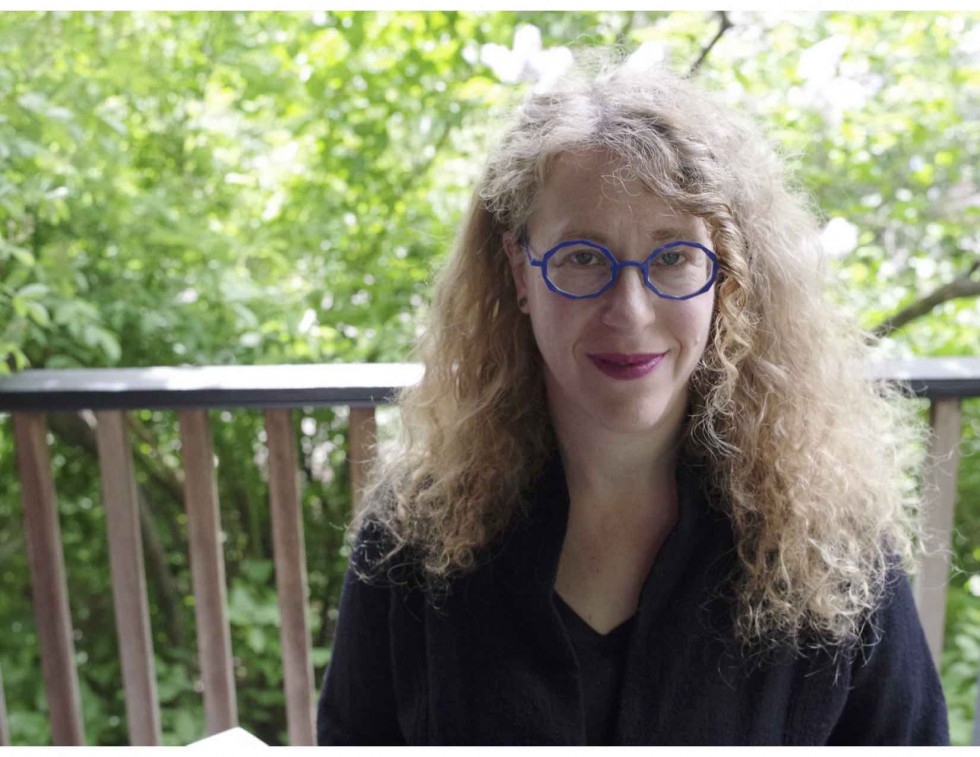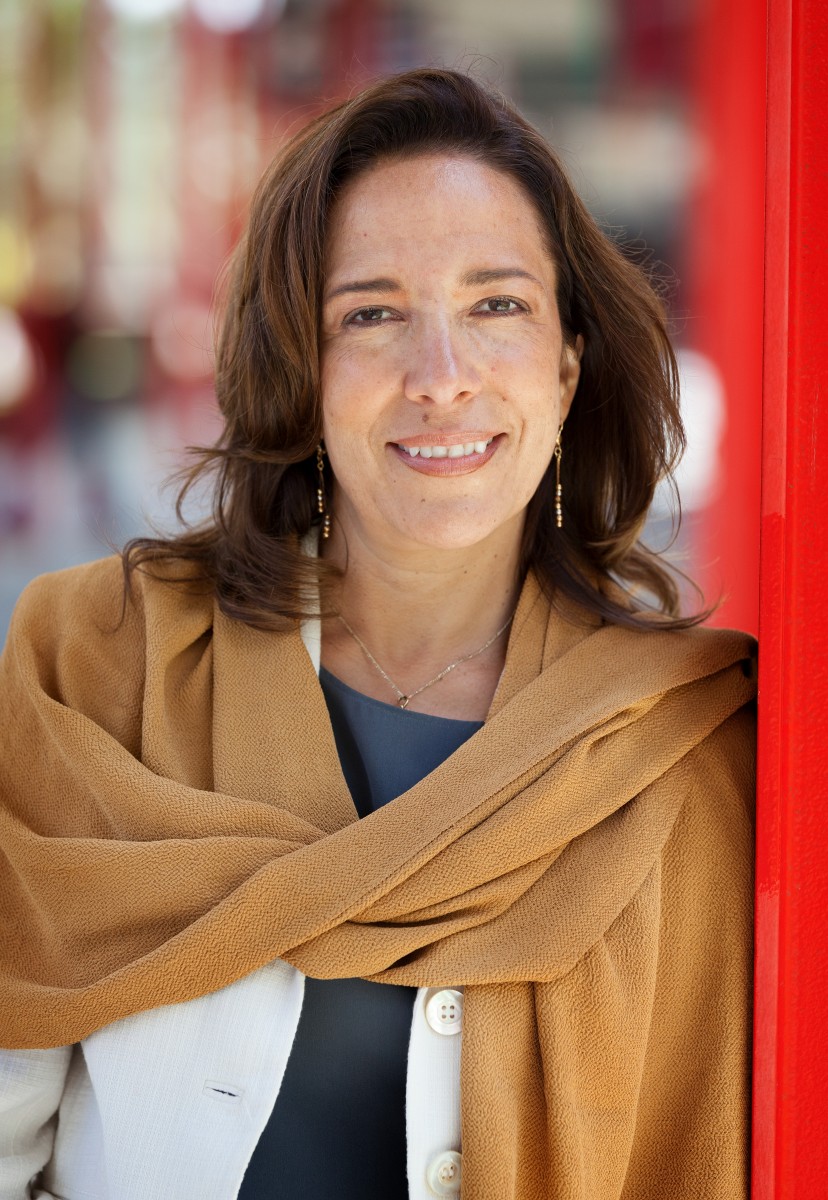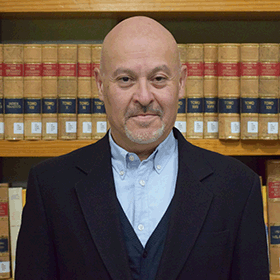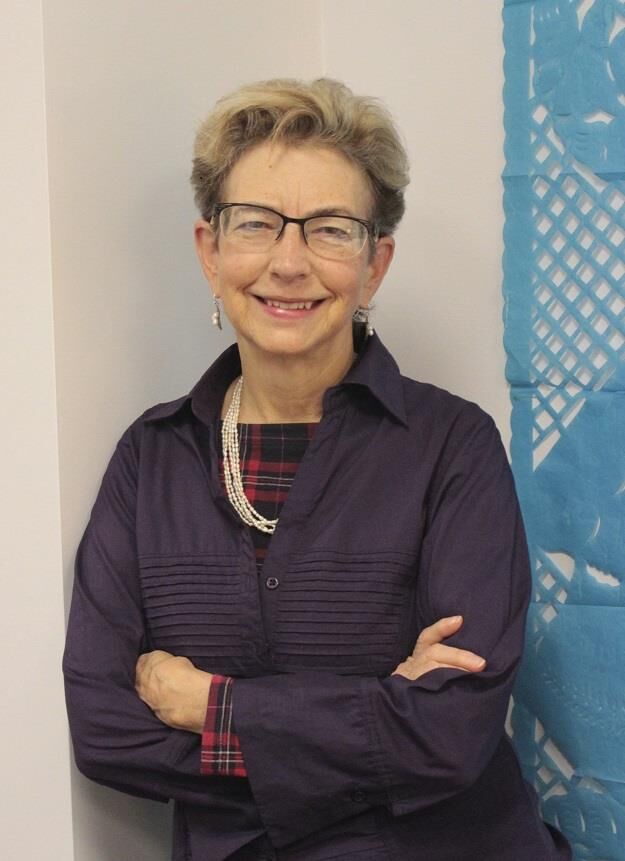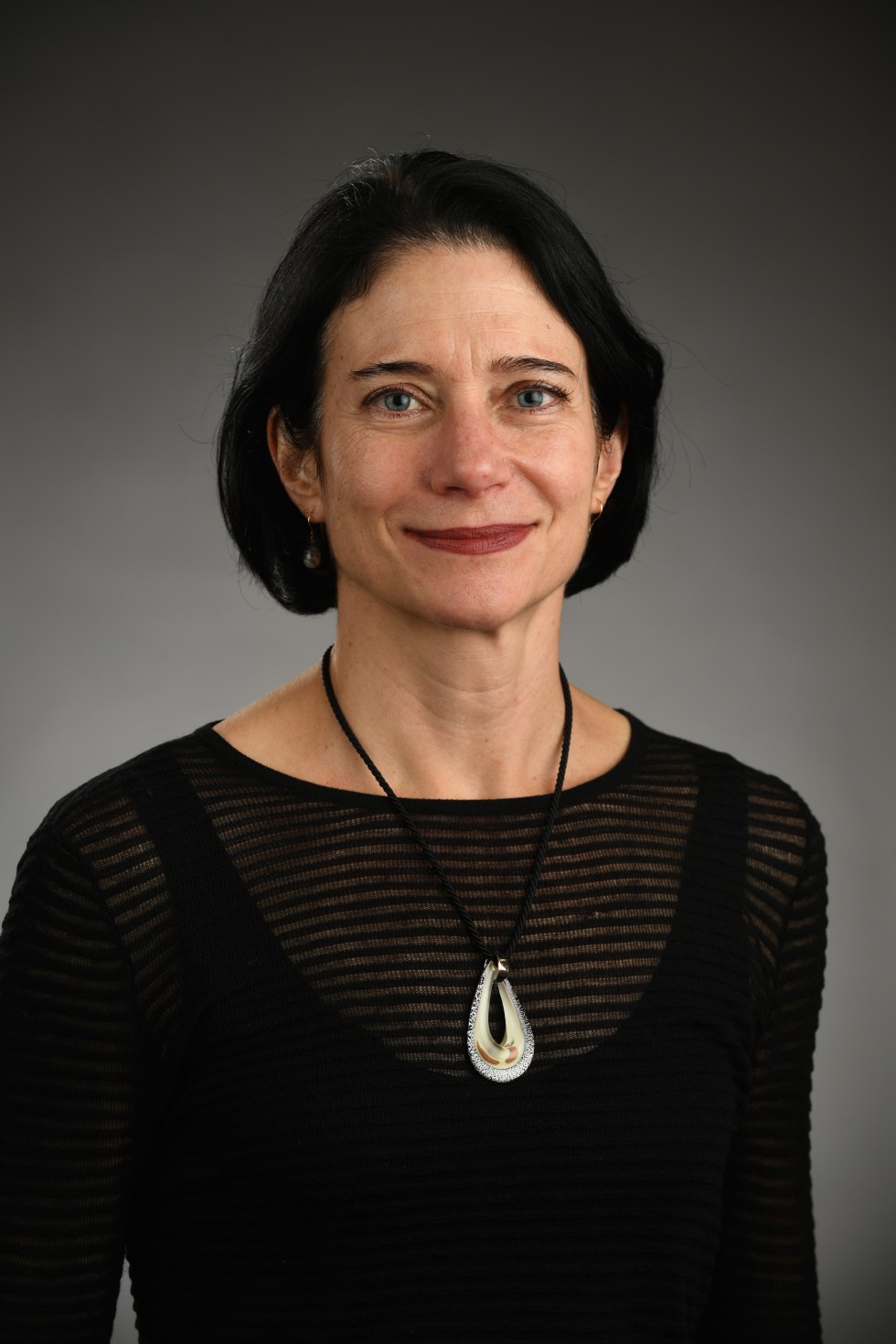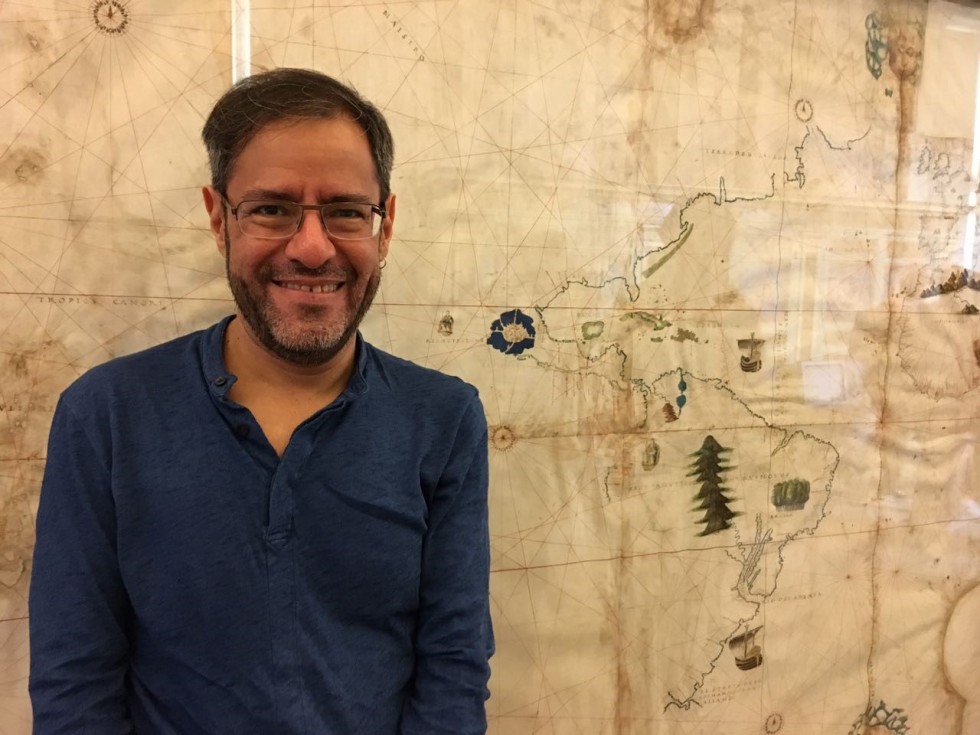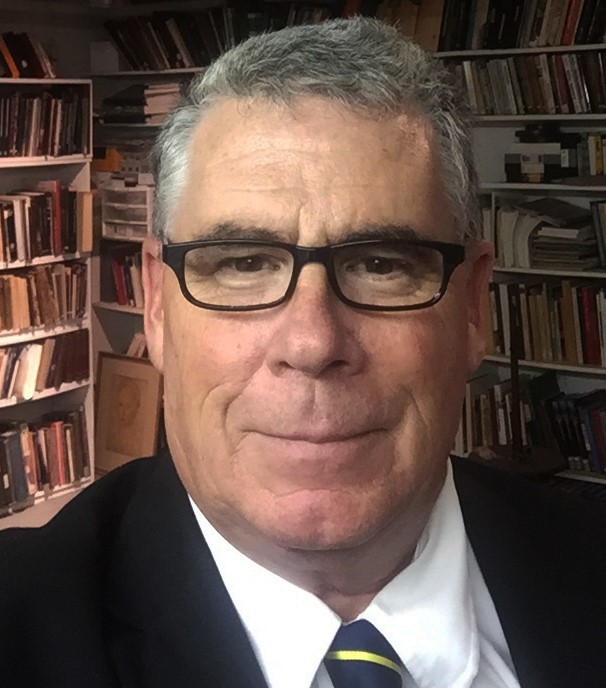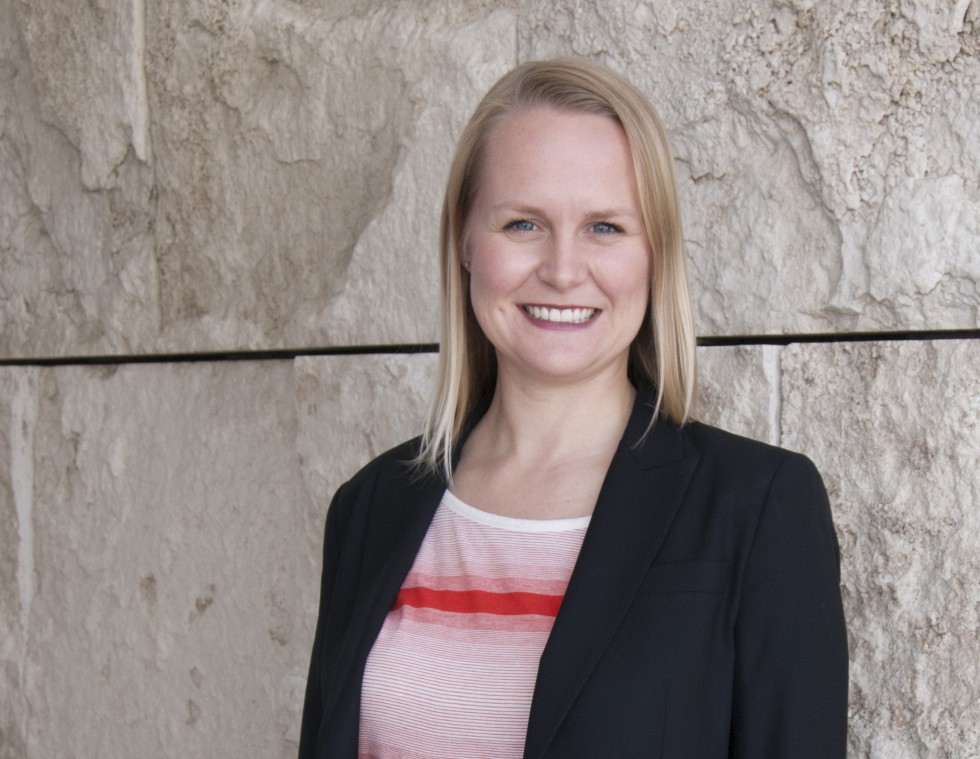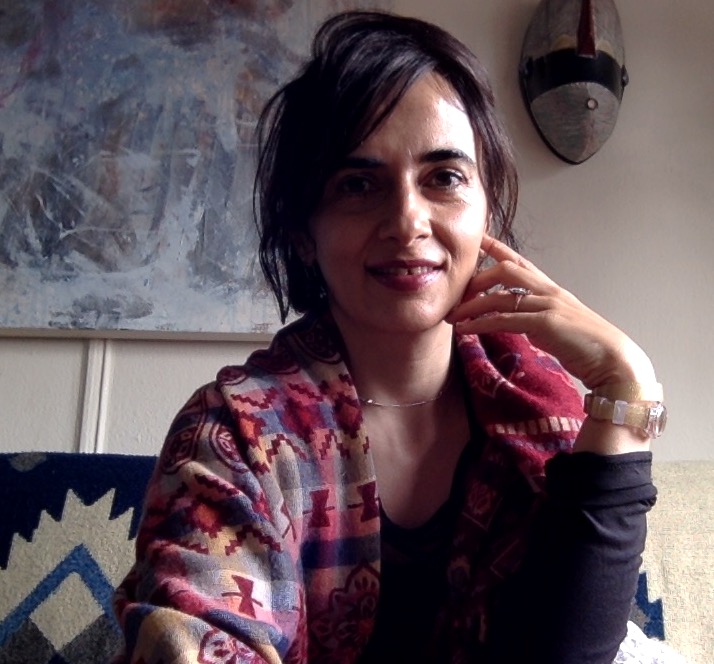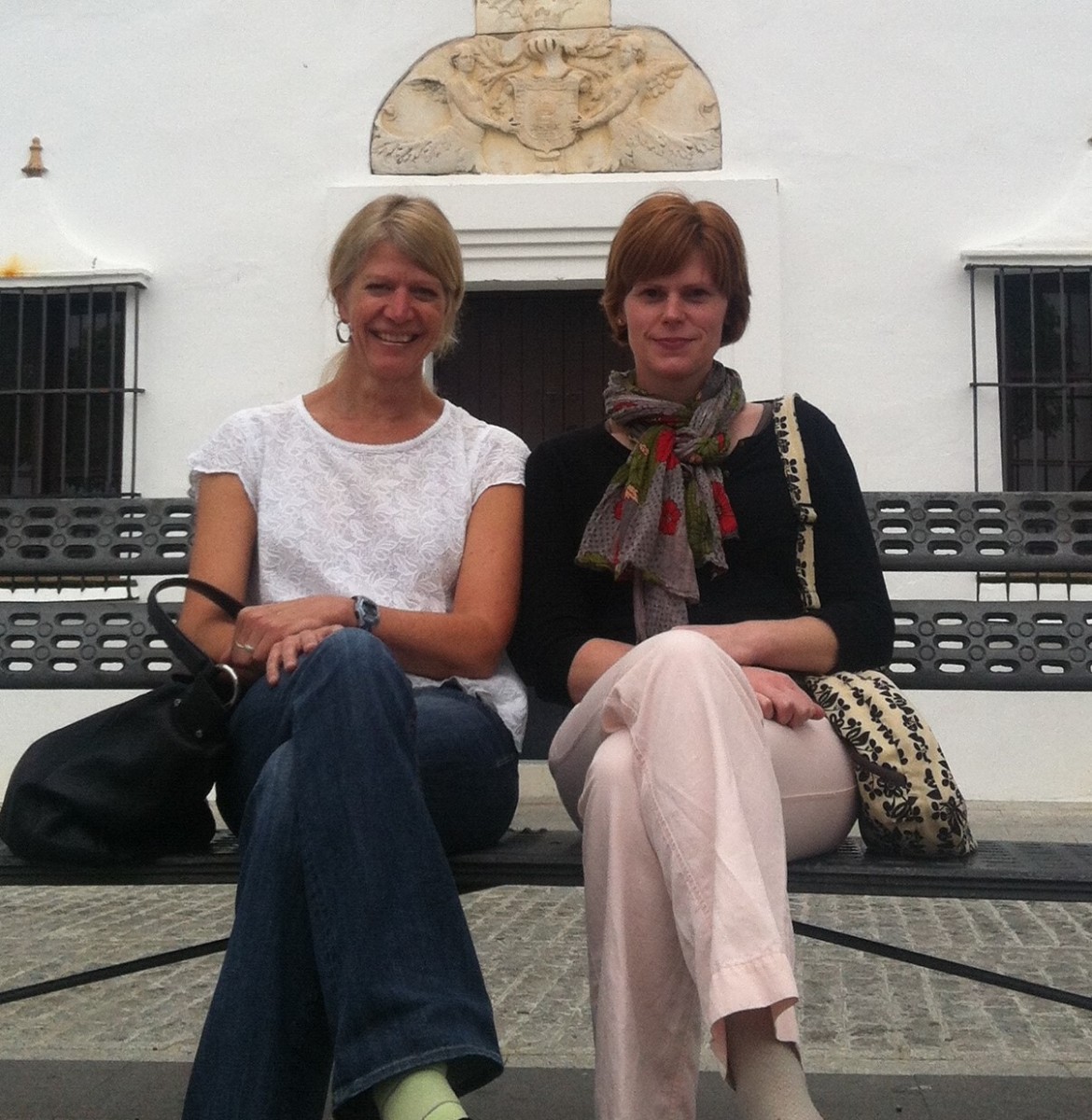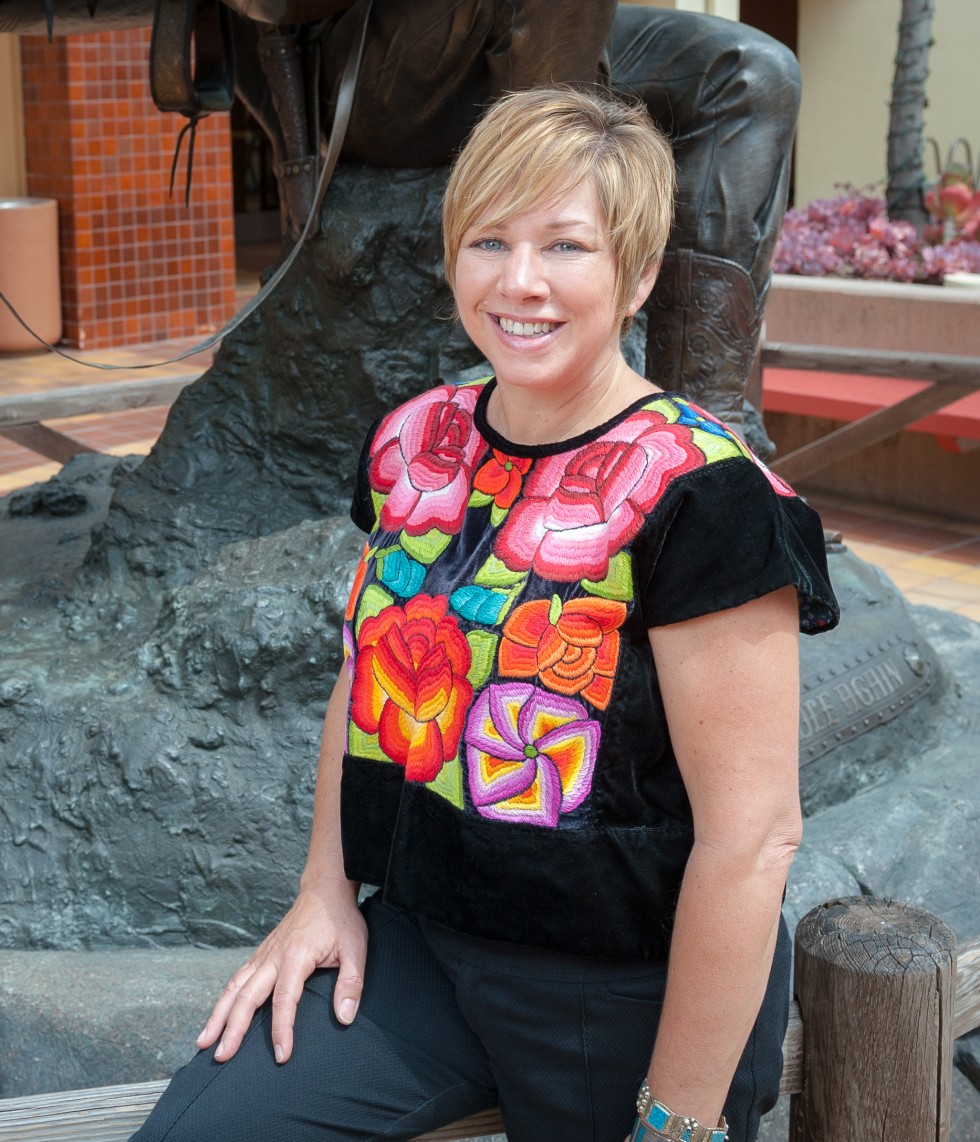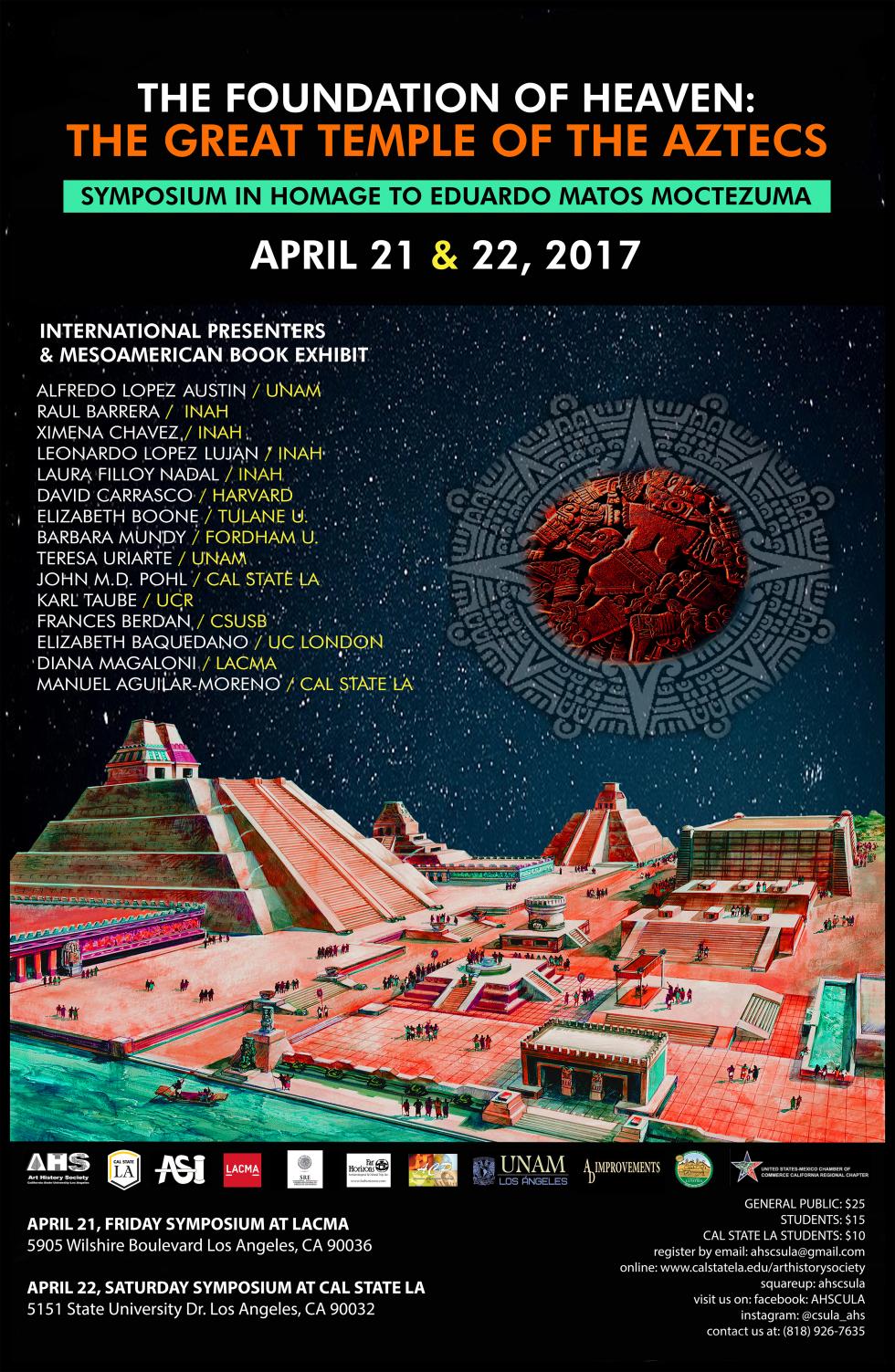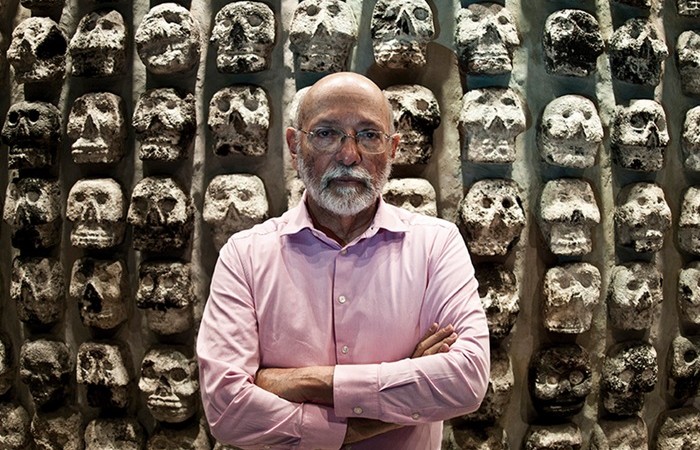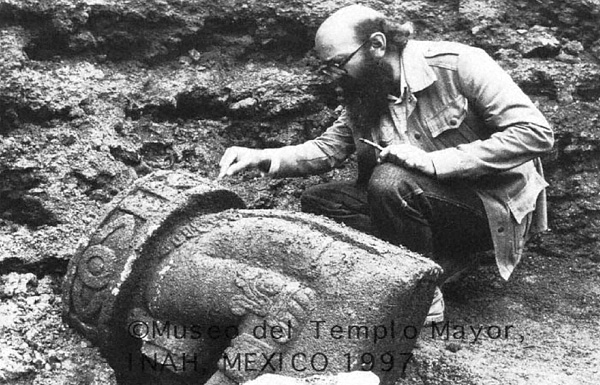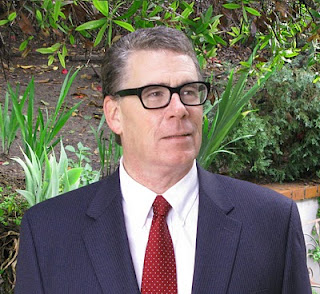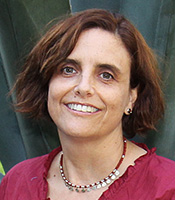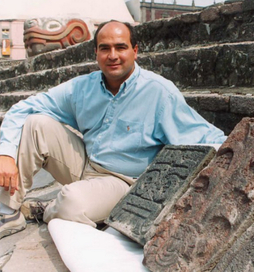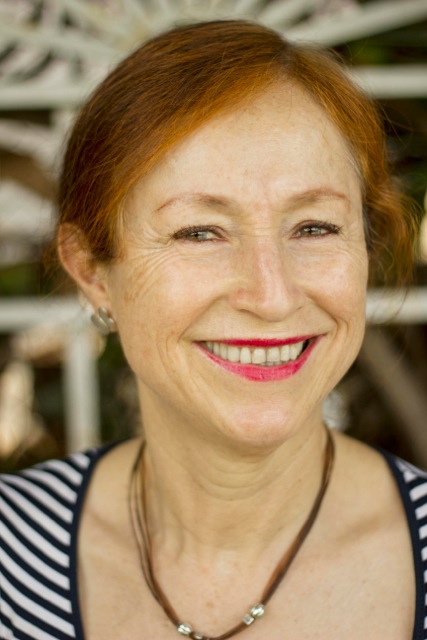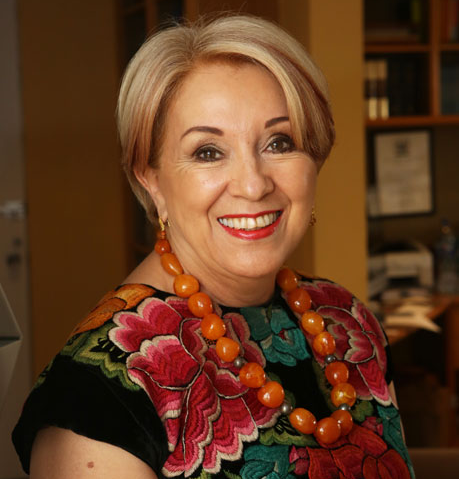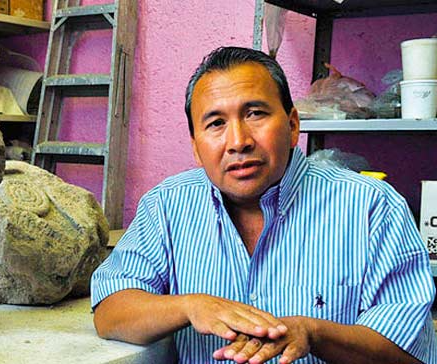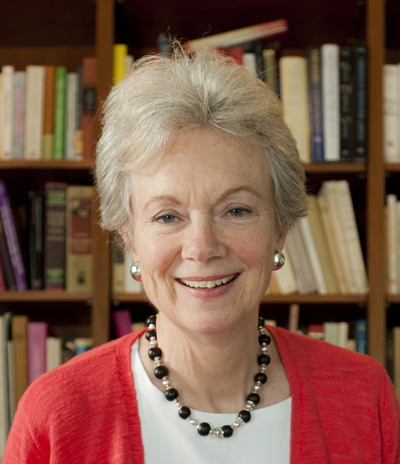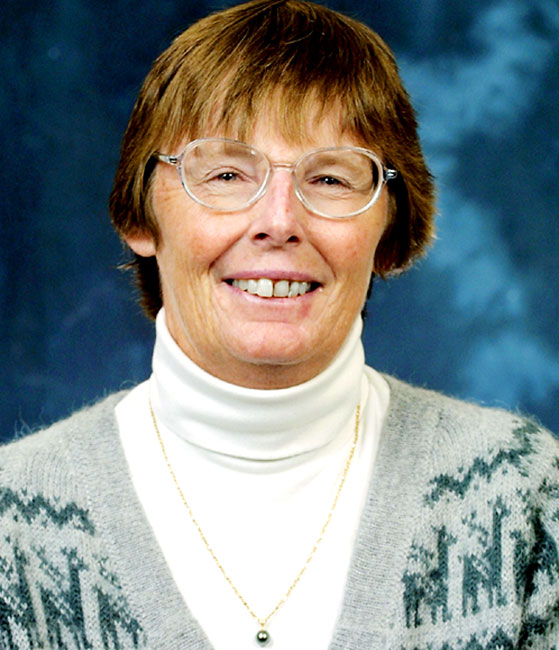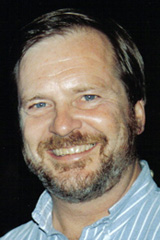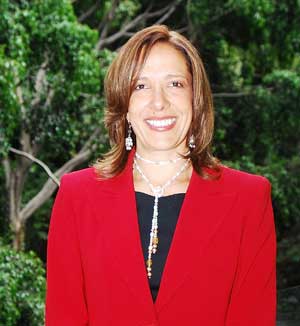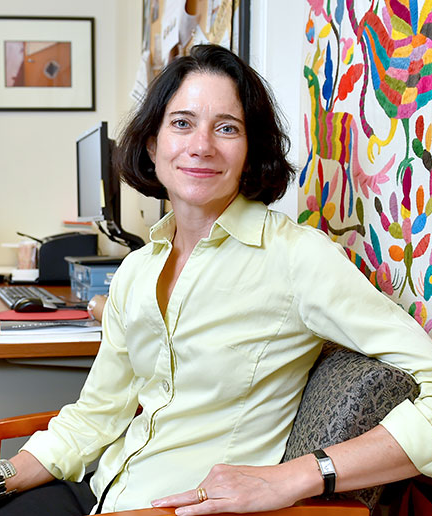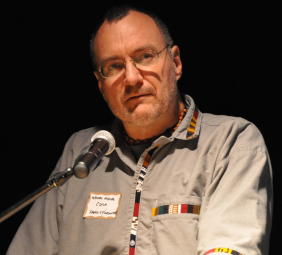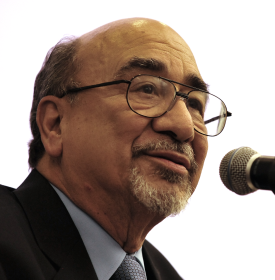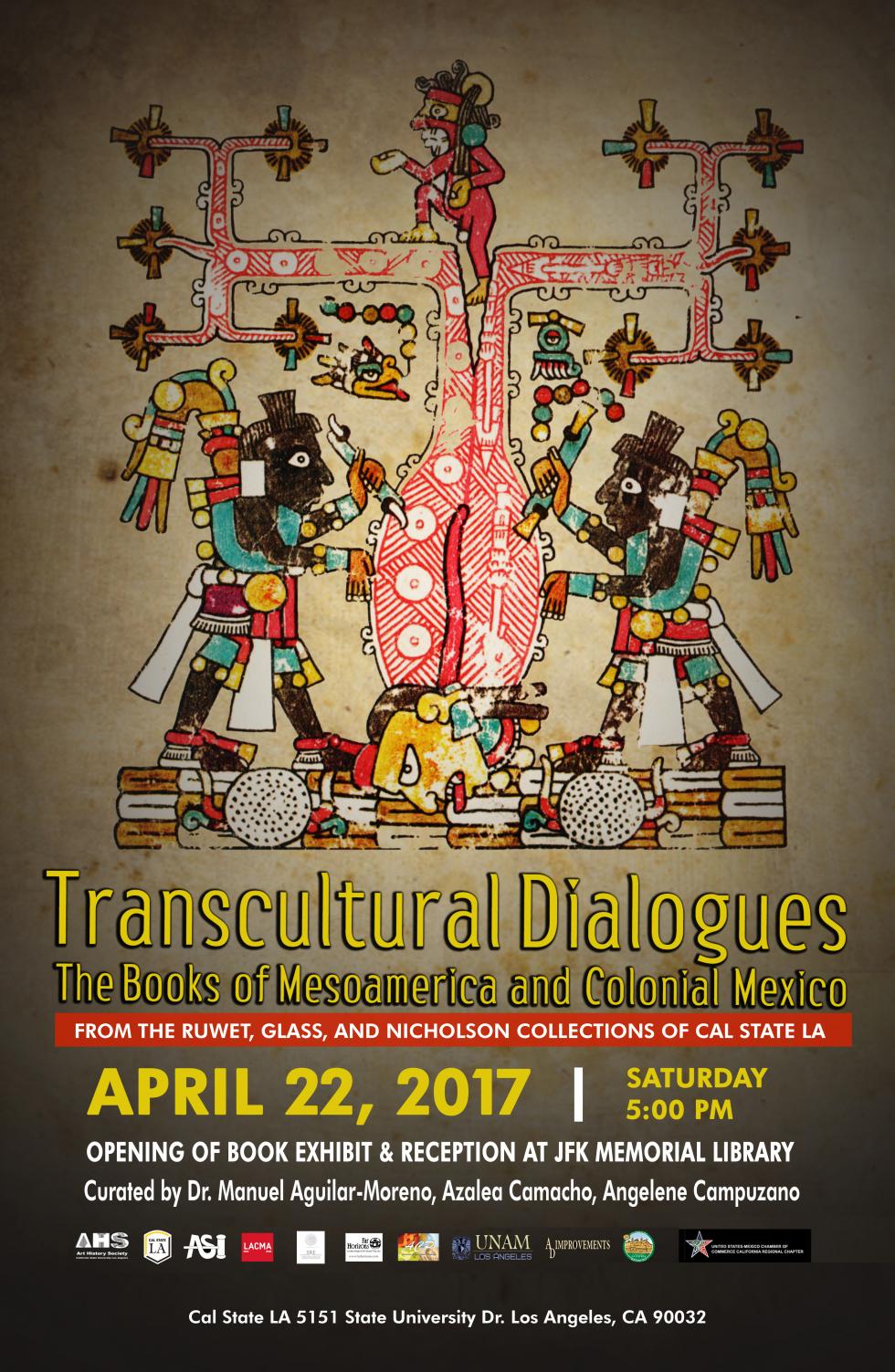2019
1519, the Arrival of Strangers: Indigenous Art and Voices
following the Spanish Conquest of Mesoamerica
A Symposium in Homage to Miguel León-Portilla
October 3-4, 2019, 10AM - 5:30PM Getty Research Institute
October 5, 2019, 10AM - 5:30PM Cal State Los Angeles
This Mesoamerican Symposium in homage to Miguel León Portilla, organized by the Art History Society of California State University, Los Angeles and Getty Research Institute, promises to be spectacular. It will take place on October 3 – 5 of 2019 in both locations. This year’s quincentennial of Hernán Cortés’s arrival in Mesoamerica provides an impetus to explore perspectives on the Spanish conquest of Mexico and the subsequent transcultural processes that played out in New Spain’s artistic production. The three-day symposium highlights the great cultural, historical, and artistic achievements of indigenous peoples of New Spain.
CLICK HERE TO VIEW THE PROGRAM SCHEDULE
Tickets and Parking:
This is a free, three-day symposium, taking place at the Getty Center and California State University, Los Angeles (CSULA). Separate reservations are required for each day.
For additional information, please contact us at: [email protected]
You can also access our offical webpage at:
Instagram: csula_AHS
Facebook: AHSCULA
Symposium in Homage to Miguel León-Portilla
Our 2019 Mesoamerican Symposium, a three day event, titled 1519, the Arrival of Strangers: Indigenous Art and Voices following the Spanish Conquest of Mesoamerica. A Symposium in Homage to Miguel León-Portilla will take place on October 3- 4, 2019 at Getty Center and October 5, 2019 at California State University, Los Angeles.
This event is in homage to the renowned Mexican scholar Miguel León-Portilla. His book La visión de los vencidos, translated to English as Broken Spears, presents the Nahua viewpoint of the Spanish Conquest and is one of the most influential books in the field of Mesoamerican Studies.
FEATURED SPEAKERS
Presentation: Conquest, Reason, and Cannibalism in the Relación de Michoacán (1539 - 1541)
Abstract: Twenty years after the Spanish arrival to Michoacán, four indigenous artists worked with an anonymous Franciscan friar to produce the manuscript known as the Relación de Michoacán for the Spanish Viceroy Antonio de Mendoza. Among the 44 surviving images from the manuscript, one of them depicts a leader, soon to be conquered, cooking and feasting on the flesh of one of his deceased priests. Previous scholars have pointed out that many indigenous people throughout the Americas were labeled cannibals and forced to provide free labor. In this process, images of cannibals were mobilized at the service of economic interests. They were a burgeoning genre among European artists at the time, but unprecedented among indigenous artists of Pre-Columbian times. This talk will explore the choices the indigenous painter made in copying and adapting this European model to meet the needs of the manuscript’s contributors. Through an iconographic analysis, it will explain how he transformed the European prototype to represent local concepts connecting food, reason, and conquest.
Presentation: The Afterlife of the Florentine Codex and Book 12
Abstract: The Franciscan friar Bernardino de Sahagún (1499-1590), compiled the Historia general de las cosas de Nueva España (General History of the Things of New Spain), 12-volume encyclopedic work about the people and culture of central Mexico, specifically the Nahuas or Aztecs. Sahagún arrived to Mexico in 1529, just eight years after completion of the Spanish conquest. In 1577, after many incidents Sahagún completed a manuscript of the Historia that is known as the Florentine Codex, that was sent to Spain apparently in 1578-79. This work is housed in the Biblioteca Medicea-Laurenziana of Florence. This monumental work consists of 1200 folios and about 2,500 illustrations, and is the result of the collaboration of Sahagún with indigenous sages. Given the field-work methodology that he used, Sahagún can be considered the first ethnographer and anthropologist of the American continent. The Florentine Codex was lost for about 300 years, until 1888 when it was studied by Eduard Seler and in 1893 by Francisco del Paso y Troncoso.
This presentation deals with a brief exploration of the complex and eventful history of the Florentine Codex, its diverse editions and translations, and its trajectory through time. In particular, I will focus in the whereabouts of the Book XII that was re-edited separately by Sahagún in 1585, tracing its astonishing “afterlife” through the cracks of history.
Berenice Alcántara Rojas, Universidad Nacional Autónoma de México
Presentation: Translating Book 12: Five Variations on the Same Text
Abstract: The Nahuatl text that came to us in Book XII of the Florentine Codex, prepared by Sahagun and his Nahua collaborators, based on Tlatelolca testimonies about the fall of the two Mexico(s) the island contained: the Tenochca and the Tlatelolca, began to be an object of translation and rewriting from the same sixteenth century. Sahagun himself composed two versions in Spanish (c. 1570 and 1585), in which he not only translated the Nahuatl text but also eliminated passages and added new information. Later, in the 20th century, when the Florentine Codex became an object of academic interest, the story about the Conquest of Mexico from book XII was retranslated into Spanish by Garibay (1956) and translated into English by Anderson and Dibble (1953-1975) and James Lockhart (1993). In this presentation she will analyze the characteristics of each of these versions, taking into account the source text from which they start, to highlight the translation horizon of these authors and the types of representation they created on the Nahuatl text they translated and on the world of which this one gave account. In parallel, she will highlight some of the peculiarities of this Nahuatl text, to propose some guidelines for future translations.
Baltazar Brito Guadarrama, Biblioteca Nacional de Antropología e Historia, México
Presentation: Creating the Florentine Codex
Abstract: This paper will explain the process of creating the Florentine Codex by emphasizing the intervention of indigenous scribes, who assisted Friar Bernardino de Sahagún in his work. It will highlight the role and tri-cultural heritage (Nahua, Spanish, and Latin) of tlacuilo scribes.
Yve Chavez, University of California, Santa Cruz
Presentation: Female Artists, Indigenous Knowledge, and the California Missions
Abstract: Situated on the northwestern periphery of New Spain, California Indians were entangled in the political, economic and social tensions of the Spanish empire and Mexican nation. Part of a larger project on Indigenous artistic agency during California’s Mission years (1769-1834), I present case studies of female artists and knowledge bearers who appropriated and subverted foreign ideas to meet their own needs and sustain pre-existing Indigenous knowledge. A reconsideration of basketry and related practices challenges the patriarchal Spanish attitudes that taint the perception of Indigenous gender roles within the missions and resituates women as strategic negotiators of the Spanish conquest.
Eduardo de la Cruz Cruz, Instituto de Docencia e Investigación Etnológica de Zacatecas and Uniwersytet Warszawski
*Presentation: Perspectives and Reflections of Indigenous Youth on the Spanish Conquest of Mexico
Abstract: It is said that history is always written by the victors. In the case of the Florentine Codex, also known as the Historia general de las cosas de Nueva España, the text was primarily written by native scribes with Spanish oversight. Book 12 of the manuscript relates the events that culminated in the collapse of the Mexica Empire. Numerous publications highlight the complexity of the collapse by emphasizing the resistance of the Mexica and the crucial alliances between other indigenous groups and Spaniards. Despite the availability of information about the conquest of Mexico, in Mexico’s primary education system the narrative of conquest describes the Mexica and other native groups as helpless and vanquished by the Spaniards. The Mexican education system projects a victim mentality and fuels hatred toward Spaniards in contemporary youth.
This paper presents different perspectives and reflections of young students in the Nahua community of Chicontepec, Veracruz, in respect to the conquest of Mexico. I begin by asking the youth to share their knowledge and perspective about the conquest. Subsequently, students are presented with key passages from Book 12 of the Florentine Codex, summarized in their modern variant of Nahuatl from the Huasteca Veracruzana. Finally, I ask them to reflect upon their initial conceptions of the historical events after learning about the conquest from Nahua scholars. This paper exemplifies the importance of providing access to historical Nahuatl documents, such as the Florentine Codex, to contemporary Nahua speaking communities, along with corresponding translations of their Nahuatl variant.
*Presentation in Nahuatl with Spanish and English subtitles
Presentation: The Conquest Narratives in Sahagún and Durán: Authorship, History, and Identity Politics
Abstract: This paper examines how manuscript images contribute distinctively to the construction of histories of the conquest in Book 12 of the Florentine Codex and the Historia of Fray Diego Durán. Working between 1575 and 1581, the Franciscan Bernardino de Sahagún and the Dominican Durán prepared histories of the conquest; in questions of authorship and ethnic loyalties, however, their works reflect different positionalities. The text of Book 12 is multi-authored, comprising the earliest (1555) Nahua transcription of the conquest and Sahagun’s translation. By contrast, Durán’s history of the conquest articulates the convictions and interpretive biases of a single author-compiler – albeit one with a complex relationship to indigeneity and the Christian legacy of the conquest. Each of these histories reveals that their image programs respond to the particular conditions under which each book was created, either elaborating or meaningfully diverging from their authors’ distinctive relationship to history and identity politics.
Two exemplary episodes demonstrate the role of images in constructing distinctive visions of the conquest. Toxcatl is a pivotal event in Book 12’s Nahua text, as Kevin Terraciano has noted (2011). Strategies for narrating and illuminating this event in each manuscript raise questions about Durán’s bicultural sensitivities and empathy with native perspectives, with a painting that devastatingly portrays Spanish infamy and breaks with the manuscript’s other illuminations depicting a heroic Cortés. Closing Duran’s Historia, paired images emphasizing the role of Cuauhtemoc further reveal the manuscript’s concerns and investments, while a complex program of repainting evinces how this treatise’s perspectives were edited or erased as the politics of history-writing evolved. Taken together, these representations allow us to observe the complicated interplay between textual authorship and visualization in constructing the conquest’s history.
Presentation: “As if his heart died”: A Reinterpretation of Moteuczoma’s Cowardice in the Conquest History of the Florentine Codex
Abstract: The first encounters between Nahuas and Spaniards from 1519 to 1521 resulted in widespread deaths in the indigenous communities of central Mexico. Although the first recorded disease epidemic is often acknowledged as a factor in these losses, Moteuczoma receives much of the blame. Historians argue that Moteuczoma’s cowardice facilitated the defeat of his people. Instead, I argue that descriptions of the heart pain and fright that afflicted Moteuczoma and his people in Book XII of the Florentine Codex are references to long-standing cultural concepts of illness. This essay uses colonial and modern ethnographic sources to illuminate enduring Mesoamerican concepts of health and illness. My paper reveals how Nahuas remembered and understood the startling arrival of the Spaniards and the first disease epidemic during the invasion. The chaos and loss of life connected to the first epidemic in 1520 contributed significantly to the fall of Tenochtitlan.
Presentation: European Models Transformed in Book 12: From the Old Testament to Olaus Magnus’s Historia
Abstract: Given their Europeanized style and iconography, the bountiful images in Book 12 of the Florentine Codex have been dismissed as decorative and derivative, somehow corrupted for their reliance on imported sources. The black and white paintings, in watercolor and pen and ink, were executed twenty years after the Nahuatl text of the Spanish conquest recorded in 1555. Nonetheless, the 161 images capture the graphic, often violent, immediacy of the eye-witness Nahuatl account. This paper traces certain of the European models that inspired the indigenous artists or tlacuiloque (scribe/painters) who selectively borrowed from the illustrated publications in the library of the Colegio de Santa Cruz, Santiago Tlatelolco.
Many of the scenes that animate Book 12 are panoramic views of battles fiercely fought on land and water. These multi-figural compositions are based on biblical illustrations, in particular, the Old Testament, and on the encyclopedic History of the Northern Peoples by Olaus Magnus, the Swedish writer and Catholic ecclesiastic (1555, 1567). Six of its 22 books are dedicated to the arts of war and provide pictorial prototypes. In addition to these formal parallels, there are more conceptual and thematic analogies. An example is found in the tale of David and Goliath as echoed by the representation of the resistance fighter Tzilacatzin who alone, in the Nahuatl narrative, defeated the enemy and defended the honor of his community. Not surprisingly, the tlacuilo reverses the scale, inflating Tzilacatzin to loom large over the Spanish troops. European models were deployed strategically with inventive combinations and inversions of meanings. In resituating the paintings within a Nahua-Christian context, we can complicate a Eurocentric interpretation and foreground the intent of their indigenous makers.
Presentation: Tlahuiztli Illuminations and Nahua Military History from the Estranged Calmecac
Abstract: To date, the History of the Spanish Conquest has only scratched the surface of Mesoamerican military education history and its transformations due Spanish pedagogies introduced in the sixteenth century. Before the 1520s, Nahua noble sons were the prime candidates for education in elite schools, the calmecac (“lineage house”), yearning for the status-defining tlahuiztli (the elite battle suits) and the preservation of ancestral military prowess. By the 1530s, however, the advent of European scholasticism saw Nahua youths entered a new learning program, the colonial pedagogy of the Colegio de Santa Cruz Tlatelolco (est. 1533). What educational practices did they confront in the colegios? Additionally, how did Nahua-Christians students investigate the indigenous military past? And how did new schooling help or hinder the propagation of calmecac knowledge at the time? This paper seeks answers to these questions by inquiring into a regional education history. It examines pre- and post-contact warrior culture with a focus on first-generation Nahua collegians and highlights indigenous learning modalities that appear to have been reproduced in the Florentine Codex and elsewhere, and I further my dissertation’s exploration of Nahua oral histories, visual and material discursive devices (i.e. war apparel, military technology, and tactics), and songs about military culture.
Presentation: Fall of a Fragile Empire: Micro-Patriotism, the Postclassic Altepetl, and the Disintegration of the Aztec Triple Alliance
Abstract: During the last, terrible weeks of the siege of Tenochtitlan and Tlatelolco in late July of 1521, the Chinampaneca people from Xochimilco, Cuitlahuac, Mexicaltzinco, and Iztapalapa were accused of grievously betraying the defense of the Mexicas. Instead of providing war canoes and supplies to fend off the attacks by the Spaniards and their indigenous allies as they had promised, the Chinampanecas started instead to capture the vulnerable Mexica defenders and to sell them as slaves. The allied Tenochcas and Tlatelolcas retaliated with force, killing the traitors and slaughtering the Xochimilcas still remaining in the city. The tale of the Chinampaneca betrayal forms a critical episode found in Book 12 of Sahagún’s Florentine Codex, told predominantly from a Tlatelolcan perspective. This paper analyzes the circumstances of this alleged betrayal of the Mexica in the more general context of Central Mexican politics during the contact period. The fall of the Aztec Empire was made possible by the steady erosion of indigenous support to the Aztec hegemon. Cortés masterfully exploited the cracks in the political economy of Central Mexico, gaining allies and crucial logistical support from Cempoala to Tlaxcala, and then from Tetzcoco to Chalco. The Xochimilca debacle narrated in Book 12 represents the coup de grâce that precipitated the fall of the Aztec Empire, now deprived of all means of food and water supply. The episode points to the fragility of the Aztec hegemon and sheds a surprising light on the character of indigenous agency during the conquest of Mexico.
Presentation: The Conquest of Mexico in Nahua Codices (1519 - 1521)
Abstract: The early stages of the Conquest of Mexico, in 1519, have been referred in Spanish chronicles as well as in Indigenous oral testimonies alphabetically transcribed in manuscripts, thus providing the specific versions of the belligerents about what occurred and how it occurred. The vicissitudes of the Conquest were also painted in books (amoxtli), in a Nahua iconographic writing made of pictograms, ideograms, forms, colors, positions, sizes, and other paradigms semiologically pertinent. According to several sources, Motecuhzoma had sent Indigenous painters (tlahcuilo) to the coast, in order to graphically capture the strangers in a net of pictorial representations that might have a magic effect, and would allow him to make up his mind on what was to be done. These images made in a pre-Hispanic style are lost but a great number of codices, painted during the early colonial period, still remain and show how the Natives perceived some occurrences of the Conquest. An iconological analysis of the pictography of various codices will reveal this Indigenous perception.
Presentation: Performing the Past: Moctezuma's Dance (Mitote) in Colonial Times
Abstract: This talk will address the reenactment of the so-called Moctezuma dance (or mitote) in colonial Mexico and its visual representations. Who performed the dance and within what contexts will be some of the questions addressed. The talk will focus primordially on LACMA’s folding screen of the subject.
Diana Magaloni Kerpel, Los Angeles County Museum of Art
Presentation: Painting and Writing the Conquest of Mexico-Tenochtitlan in Book 12 of the Florentine Codex
Abstract: Book 12 of the Historia general de las cosas de Nueva España, or the Florentine Codex, is the most important indigenous history of the Conquest that has survived to the present day. It was laid out as the whole Florentine Codex: the original text written in Nahuatl by the indigenous authors occupies one column, another parallel column bares the Spanish translation by Bernardino de Sahagún, and a series of 161 framed line drawings accompany the texts in the shorter Spanish column throughout the book.
The history of the Conquest of Mexico is narrated in 41 chapters. However, the first chapter is different from the rest because it comprises a listing of eight prophecies, tetzahuitl in Nahuatl that are said to have predicted the Conquest ten years before the arrival of the Spaniards to Tenochtitlan. These famous prophecies are key to understand the complexity of Book 12, both as a chronicle written as a European book, and as a sacred indigenous saga, structured according to the space-time unity—the preeminent cosmological image that can be observed in Codex Fejérváry-Mayer and the Piedra del Sol or Calendar Stone. In both these fine pieces of Mesoamerican religion we see the space-time unity, or the eight-partitioned cosmos and the center. In this talk I explore how the indigenous writers and painters created a history of the Conquest as a sacred mythological story of the ending and beginning of two world eras. Through the list of eight omens they were able to provide the 40 written and illustrated chapters with a sacred, hidden structure that retraced the earth and gave life to a new time, a new Sun. The eight tetzahuitl are also key to understand the power of the paintings as a meaningful, sacred third text of the Conquest.
Presentation: Christianization of New Spain in the Context of the Spanish Indies
Abstract: Christianity was the official religion of the Spanish Indies. However, numerous native religions existed along with it. Several solutions and proposals had to be taken into account to solve the complex problem of the Christianization of new societies. The symbols and meanings encompassed by religion should be approached as a cultural system thanks to which the Spanish Monarchy succeeded in "Catholicising" the New World. In the context of this process, I am especially interested in identifying New Spain's most remarkable traits and to compare them with Peru since the domains of Spanish America were not isolated from each other but constituted one set of Kingdoms.
Presentation: Who was Malinche?
Abstract: In the 16th century, Bernal Díaz expressed his admiration for Malinche; by the 20th century, her name would be irrevocably linked to malinchismo, often described in Mexico as a corrosive preference for all things foreign, even to the point of treachery. Putting aside the distortions of the present, this talk will address the supernatural attributes that accrue to the indigenous woman known as Malinche, Malintzin, and Doña Marina, with particular attention to 16th century texts and beyond that, the visual role she plays even generations after the Spanish Invasion.
Presentation: Lifestyles of Rich Aztecs and Famous Spaniards in Mexico City, 1520 - 1580
Abstract: After the Spanish-indigenous defeat of the Mexica of Tenochtitlan, the Spanish Conquistadors made the city--one of the largest in the world at the time--their new home. They occupied the great places of the Mexica nobility around the main plaza, or zócalo. The displaced Mexica elite, however, continued to be powerful figures in Mexico City. In this presentation, I will discuss how the elites of the city used architecture, urban design, and public performances to broadcast their importance to city residents.
Federico Navarrete, Universidad Nacional Autónoma de México
Presentation: The Tlaxcalan Conquest
Abstract: This paper shall analyze the visual and written histories of the conquest of Mexico produced by the city-state of Tlaxcala in the 16th century, which are perhaps the earliest and most complete version of the events of 1519-1521 and beyond. It shall be Dr. Navarette’s contention that these highly elaborate narratives of the conquest are but a component of a larger tradition of cultural memory constructed also in Tlaxcala, which included ritual performances, public monuments, and cultural landscapes.
Dr. Navarrete will also demonstrate that the Tlaxcalan histories and memories of the conquest cannot be assimilated either to Spanish accounts, even though they strategically appropriate key elements of them, or to Mexica narratives, such as the one presented in the Códice Florentino, and even less to the “visions of the vanquished” as defined by 20th century Mexican historiography. Indeed they explode these categories to present a key but seldom acknowledged perspective, that of the Indigenous conquistadors. Dr. Navarrete will also argue that this particular vision was the most successful and influential version of the conquest during Colonial times, defining the Native conception of the conquest much more than Spanish or Mexica versions.
Presentation: The After-Conquest: Indigenous Strategies of Empowerment in the Early Modern Global World
Abstract: The Aztec Empire was only part of the story of cultural development in Mexico prior to the Spanish conquest. While the fall of Tenochtitlan in 1521 may have signaled the official end of one Indian civilization, it heralded the rise of another whose legacy continued throughout the colonial period and persists to the present day. Negotiation of empowerment took many different courses among indigenous leaders, the church and the Viceroyal administration. Few civilizations have been so effective at transcending such formidable political, social, and economic challenges to demonstrate how epistemic power attributed to “non-Western” peoples should be conceived in Early Modern historical studies.
Presentation: The Roles of Nahua Women in the Mesoamerican War and Conquest
Abstract: Whether heroes, villains, or vanquished, the main protagonists in war and conquest are typically men. In the case of the Spanish conquest of Mexico, the story is no different. Historic narratives have centered on Hernán Cortés, Moteuczoma II, Pedro de Alvarado, Bernal Díaz del Castillo, Cuauhtemoc, Charles V, and other men—with one exception: Malintzin/Malinche/Doña Marina, Cortés’s indigenous female interpreter. But what about the numerous other women directly involved or affected by this war? What roles did they play? Since these women were indigenous, it is not surprising that Spanish accounts provide scant evidence. Similarly, in Nahua culture, war was the domain of men, so Nahua accounts likewise focus on the accomplishment of men. However, a careful review of historical texts, both Spanish and Nahua, provide some information about Nahua women’s role in war, which are complemented by depictions of women in Nahua and Nahua-Spanish pictorial manuscripts, key among them Book 12 of the Florentine Codex. This presentation will highlight the varied roles of women in the context of war and conquest ranging from ominous visions, food providers, and collateral damage to slaves, informants, and rebels. Although many Nahua women suffered greatly during the various episodes of the conquest of Mexico, they also played critical roles in diplomacy and resistance.
Presentation: Rethinking Art History with 1519
Abstract: Inspired by the image painted in the Codex Durán —that has been chosen as one of the icons of the symposium— I will reflect on how, in 1519, the collision between the arts of Renaissance Europe and Mesoamerican arts blew apart the frontiers between visual traditions and “histories of art,” which until then had remained independent of each other. Artists started creating completed unexpected artworks that can hardly be assigned to a stable canon, nor to a single space or time. These novel artistic productions also impacted the vocabulary employed to write about them and, most broadly, the ways in which, yesterday as today, one rethinks about art in scholarship, teaching and curatorship.
Linda Williams, University of Pudget Sound
Presentation: Coloring Catholicism: Maya Artists, Pigments, and Localized Theology in Early Modern Yucatán
Abstract: In the first decades of the Franciscan evangelical campaign in Yucatan (1540–1580), Maya architects, stonemasons, and painters created dozens of monumental monastic complexes, transforming the peninsula's landscape. Drawing on centuries-old practices of the ancient Maya world, these builders and artists created a remarkable corpus of visual and material culture, one of the largest and most rapid episodes of religious construction in Catholicism or in the New World. This talk will examine one aspect of this impressive artistic movement, the use of specific pigments, particularly Maya Blue, in scenes of traditional Catholic orthodoxy. By tracing the precontact use and associated symbolism of this pigment, it will become apparent that rather than being passive recipients of the new faith, Maya artists actively assisted in the creation of a localized religion, in particular helping to reframe understandings of Christ's life, death, and subsequent role in indigenous communities.
Presentation: When we collapsed: Nahua Views of the Consequences of Conquest
Abstract: This paper analyzes Nahuatl-language texts and images drawn by Nahua artists in Book 12 of the Florentine Codex that reveal indigenous views of the consequences of the Spanish conquest. In both written and pictorial texts, Nahuas emphasized the devastating realities of their “collapse,” including the destruction of Mexico Tenochtitlan, pillaging of material culture, displacement of the population, disease and epidemics, famine, enslavement of men and women, the collapse of political rule, and the imposition of tribute demands. Using philological, rhetorical, and visual analysis, the paper examines how Nahuas conceived of the consequences of defeat and portrayed their decline in moralistic terms. I argue that this account, written a generation or more after the conquest, reflects both social memories of the war and its aftermath and the realities of the challenges Nahuas faced at the time the texts and images were produced. This account provides an important corrective to the triumphalist narratives of Spanish histories, which rarely acknowledged the dire consequences of the conquest for indigenous peoples.
Presentation: Nahua Memories of the War of Mexico Tenochtitlan and Tlatelolco
Abstract: This presentation examines four examples of how Indigenous writers and artists in central Mexico produced narratives that contradicted or undermined the dominant discourse of conquest established by European authors and artists from the late 15th century onward. These named and anonymous Indigenous people, not really known or appreciated until the second half of the 20th century, produced knowledge that has fundamentally changed how some historians understand the early period of contact and process of colonization in the Americas--an extended, ongoing process that has affected all indigenous people everywhere. I suspect that many Native Americans have known all along the differences between their histories and the histories written about them by outsiders. Rather than simply telling their sides of the story, some Native American accounts appear to contest the dominant narrative without referring to the sources that they contradict, or the local oral traditions to which they respond. I will examine the initial encounter and war in Mexico Tenochtitlan, events that are well documented from many different perspectives.
Thank you for your interest and participation in our 7th Mesoamerican Symposium!
2017
The Foundation of Heaven: The Great Temple of the Aztecs
A Symposium in Homage to Eduardo Matos Moctezuma
April 21, 2017 9:00 a.m. - 6:00 p.m. Los Angeles County Museum of Art
April 22, 2017 8:30 a.m - 7:00 p.m Cal State LA
This Mesoamerican Symposium in homage to Eduardo Matos-Moctezuma, organized by the Art History Society of California State University, Los Angeles and Los Angeles County Museum of Art (LACMA), promises to be spectacular. It will take place on April 21 – 22 of 2017 in both locations. This year is particularly unique. In addition to our highly regarded featured speakers, we will present a very special event in conjunction with the symposium: all attendees and participants are invited to the inaugural viewing of a special exhibit of antique books of Mesoamerica and Colonial Mexico in the John F. Kennedy Library at California State University, Los Angeles after the closing of Saturday’s Symposium presentations. The title of the exhibit is: Transcultural Dialogues: The Books of Mesoamerica and Colonial Mexico. This exhibit shows some jewels of the Ruwet, Glass and Nicholson collections of California State University, Los Angeles that are open to scholars, students and general public and are an integral part of a proposed center for the advancement of Mesoamerican Studies in our campus.
CLICK HERE TO VIEW THE PROGRAM SCHEDULE
As you all know, events of this nature are costly and the features of this year’s symposium have added to that expense. However, in an effort to better help cover costs, we will implement a door price and a pre-sale price. The door price will be $30 for general admission and $20 for all students with no exceptions. Advance purchase will be as follows:
- $25 for general admission,
- $15 for all other University and College students with student ID, and
- $10 for Cal State LA students with student ID
The $10 Cal State LA student price is made possible by a subsidy of Cal State LA's student body through Associated Students, Inc. (ASI). This will be our 6th year in which we offer discounted prices if you pay in advance. The fee is for the whole weekend, both Friday & Saturday (and admission to the inaugural exhibit with reception). Students will need to provide their student number via email or letter and present their student ID at the door.
Advance payment may be made in the following three ways:
BY MAIL: You can mail a check made payable to Art History Society of Cal State LA to the following address:
Art History Society and/or Dr. Manuel Aguilar California State University, Los Angeles Fine Arts Building, FA228 5151 State University Drive Los Angeles, CA 90032IN PERSON: You can pay in cash or by check to the Art History Society of Cal State LA located in room 228 on the second floor of the Fine Arts Building at California State University, Los Angeles.
We will send you an email, text or call confirming receipt of payment. As the date approaches, we will provide you with more information.
SQUARE: You can pay through Square.*
*We will add $1.00 to the cost as a convenience fee to offset the fees and commissions charged to us by Square for the service.
DONATIONS: Our student organization takes great pride in creating these type of artistic and cultural events for the service of our community. We appreciate your generous donation.
For additional information, please contact us at: [email protected]
Or call us at: 1 (818) 926- 7635
You can also access our offical webpage at:
Instagram: csula_AHS
Facebook: AHSCULA
Recommended Hotels Near California State University, Los Angeles:
City of Pasadena and City of Alhambra
The Foundation of Heaven: The Great Temple of the Aztecs
A Symposium in Homage to Eduardo Matos Moctezuma
Our 2017 Mesoamerican Symposium, a two day event, titled The Foundation of Heaven: The Great Temple of the Aztecs. A Symposium in Homage to Eduardo Matos Moctezuma will take place on April 21, 2017 at Los Angeles County Museum of Art (LACMA) and April 22, 2017 at California State University, Los Angeles.
Eduardo Matos Moctezuma was born in 1940 in Mexico City; he graduated as an archaeologist from the Escuela Nacional de Antropología e Historia (ENAH, the National School of Anthropology and History) and obtained his Master and Ph.D. degrees in Anthropological Studies from the Universidad Nacional Autónoma de México (UNAM). Matos Moctezuma has conducted field work in such revered places as Tula, Comalcalco, Cholula, Teotihuacan, Tlatelolco, Tenochtitlan and various others. He served as a professor in ENAH for over 30 years. He has over 500 works in print as articles, reviews, catalogues, guides, books. Among his most acclaimed works are Muerte a Filo de Obsidiana with 8 editions, Vida y Muerte en el Templo Mayor (Life and Death in the Templo Mayor), Los Aztecas (Aztecs), Las piedras negadas: De la Coatlicue al Templo Mayor (Lecturas mexicanas) to name, but a few. Matos Moctezuma has presented in over 1,000 conferences both nationally and internationally. He has been bestowed with the Chevalier dans l’Ordre des Palmes Académiques, Chevalier de l’Ordre National du Mérite and given the Ordre des Arts et des Lettres by the Republic of France; awarded the Henry B. Nicholson Medal by Harvard University and an honorary doctorate in science by the University of Colorado Boulder. He is a member of the German Archaeological Institute, Colegio Nacional (Academy of Sciences of Mexico), and the Mexican Academy of History. He is an Emeritus Researcher at Instituto Nacional de Antropología e Historia (INAH), and was awarded the National Science and Arts Prize in 2007. In 2009 he was recognized by the foundation “Mexico Unido en Sus Valores Culturales.” In this 2017 symposium, he will be bestowed the Tlamatini Award by Cal State LA.
Presentation: La Vida de un Arqueologo en Tres Momentos (with English Translation)
FEATURED SPEAKERS
Dr. John M.D Pohl is an eminent authority on North American Indian civilizations and has directed numerous archaeological excavations and surveys in Canada, the United States, Mexico, and Central America, as well as Europe. He has designed many exhibitions on North and Central American Indian peoples, including “The Aztec Pantheon and the Art of Empire” at the Getty Villa in 2010, and co-curated the exhibit “The Children of the Plumed Serpent: The Legacy of Quetzalcoatl in Ancient Mexico” at the Los Angeles County Museum of Art. Dr. Pohl is noted for bringing the ancient past to life using a wide variety of innovative techniques and his experiences have taken him from the Walt Disney Imagineering Department of Cultural Affairs to CBS television where he served as writer and producer for the American Indian Documentary Series “500 Nations,” and Princeton University where he was appointed as the first Peter Jay Sharp Curator and Lecturer in the Art of the Ancient Americas. Among his various titles:
* Children of the Plumed Serpent: The Legacy of Quetzalcoatl in Ancient Mexico. J. Paul Getty Museum, 2012. Co-authors: Virginia Fields and Victoria I. Lyall.
* The Aztec Pantheon and the Art of Empire. Scala Arts Publishers Inc., 2010. Co-author: Claire L. Lyons.
* Lord Eight Wind of Suchixtlan and the Heroes of Ancient Oaxaca: Reading History in the Codex Zouche-Nuttall. University of Texas Press, 2010. Co-authors: Robert Lloyd Williams & F. Kent Reilly III.
* Narrative Mixtec Ceramics of Ancient Mexico. Stinehour Press, 2007.
* The Legend of Lord Eight Deer: An Epic of Ancient Mexico. Oxford University Press, USA, 2002.
* Exploring Mesoamerica (Places in Time). Oxford University Press, USA, 2002.
Presentation: Eduardo Matos Moctezuma and the Reinvention of Mexican Archaeology
Abstract: Beginning in the early 1970’s, many Mexican and American archaeologists were trained in the “New Archaeology” which in turn was an outgrowth of dramatic changes in the field of anthropology orienting itself to more Marxist perspectives on culture. This led to an emphasis on population studies, environment and subsistence, especially with regard to the origin and evolution of the Mesoamerican state. In so doing archaeologists began to set aside the study of the art of ancient civilizations as being elite, esoteric and propagandistic while colonial histories were viewed as the corrupted perspectives of conquest society. The discovery of the Coyolxauqui stone on the other hand created a dilemma in that it forced Eduardo to have to seriously consider how to deal with monumental art and architecture in modern archaeological theory and in so doing also re-introduce the study of major historical works into analysis as well— all at a time when only archaeology, it was advocated, could produce any real “facts.” I will use several examples from the Templo Mayor project to illustrate how its investigators were able to get art and historical perspectives back out on the front end of research into civilizational development using a scientific method of inductive and deductive reasoning between the fields of archaeology, art history and ethnohistory.
Presentation: Precious Feathers for the Aztec Emperor. Feathered Accoutrements from Moctezuma’s Treasure
Abstract: Featherwork was one of the most delicate and refined art forms in pre-Hispanic Mexico. A group of specialists were responsible for fashioning multi-colored plumes into all sorts of finery such as shields and headdresses. These beautiful objects were of enormous importance to the Aztecs, for they served to exalt the hierarchy of gods, kings, lords, priests, and warriors. Sixteen century written manuscripts are an excellent source for understanding the manufacturing techniques used by Aztec craftsmen to make luxury items, and, to comprehend how feathers and feathered objects arrived and circulated throughout Moctezuma’s empire. The meticulous study of three Aztec feathered accoutrements and a magnificent headdress has allowed us to understand, not only the materials used in their manufacture, but also to estimate the number of feathers required to make these objects. This presentation will examine the resources and techniques employed by feather workers in the capital of the Mexica empire during the reign of Moctezuma II.
Presentation 1: On the origin of Mexica archaeology: Antonio de León y Gama and his lost drawings of sculptures from Tenochtitlan (1791-1794)*
Abstract: Between 1791 and 1794 many Mexica sculptures were discovered in Mexico City, which were systematically documented by Don Antonio de León y Gama. Unfortunately, after the death of this novohispanic astronomer and antiquarian in 1802, his drawings were forgotten and were never published together with the book that tries to unvail their enigmatic meaning: the so-called Advertencias anti-críticas contained in the second edition of the Descripción histórica y cronológica de las dos piedras (1832). In this presentation I will show those images and they will be anaylzed in full detail.
*Co-author: Marie-France Fauvet-Berthelot of the Société des Américanistes de Paris
Presentation 2: Eduardo Matos Moctezuma: A Man of His Time
Abstract: An appraisal of Eduardo Matos Moctezuma' lifetime achievements.
* 2011 Concepts of Death and the Afterlife in Central Mexico In Living with the Dead: Mortuary Ritual in Mesoamerica. Edited by James Fitzsimmons and Izumi Shimada The University of Texas Press, Tucson, pp. 203-230.
Presentation: Sun, War, and Afterlife: Gold in Postclassic Mesoamerica
Abstract: Most of the extant Postclassic gold objects seem to have a close connection to warfare. Warfare is the agency and the iconographic motifs of gold jewellery revolve around eagle knights, shields, dead warriors or gold objects found in funerary contexts associated to warfare. This paper explores the importance of warfare and the function of gold jewellery in Postclassic Mesoamerica, particularly among the Mexicas.
Presentation: Myths, Transformation, Death and Resurrection in the Ancient World: Agricultural Rituals in Mesoamerica and Greece.
Abstract: Witchcraft, hallucinogens, transformations, are all common lore in the Ancient world. How was this lived in Pre-Columbian Mexico and what can we find in Templo Mayor? This is what I will try to share in this paper dedicated to my dear friend, teacher and colleague Eduardo Matos Moctezuma.
Prof. Raúl Barrera has participated in 46 archaeological interventions in different regions of Mexico, through his 28 years of professional practice. Some of his most important works are those made in the archaeological zone of Ixcateopan, Guerrero. In Nayarit, he has done work in Ixtlán del Río, in the Aguamilpa Hydroelectric Dam and the coordination of the Archaeological Salvage Project El Cajon Hydroelectric Dam. In the State of Oaxaca, he has carried out fieldwork in the region of La Cańada, in the Mixteca Alta and in the Central Valleys. He also carried out work on the Pyramid of the Sun, as part of the Teotihuacan Special Project and in Tula, Hidalgo. He is currently responsible for the Urban Archaeology Program of the Templo Mayor Museum. In this program, the investigations focus on the heart of the city of Mexico, in the perimeter that in the pre-Hispanic period comprised the Sacred Precinct of Tenochtitlan. He has been a lecturer in different academic forums in Mexico and also abroad. He has several publications and catalogs. He has also curated 20 national and international exhibits. In 2004, he was awarded the Nayarit Medal, the highest distinction awarded by this State Government. At this moment, he coordinates excavations in the street of Guatemala No.24, a place where the Huei Tzompantli (main skulls platform) of Tenochtitlan was detected, as well as in the street of Argentina where a Mexica platform was located and has been enabled to be shown to the public. In addition to this, he has continued with research activities in the Plaza Manuel Gamio and in the surrounding area of the Metropolitan Cathedral.
Presentation: El Huei Tzompantli del Recinto Sagrado de Tenochititlan
Abstract: In 2015, the Program of Urban Archaeology (PAU) of INAH, carried out the first season of excavations in the building located in Guatemala Street No. 24, at the Historic Center of Mexico City. The archaelogical surveys showed us that besides Colonial vestiges and other historical periods of the City of Mexico, there were three levels of pre-Hispanic floors that formed part of a large open plaza. However, the finding of greater relevance corresponds to the identification of the Huei Tzompantli of Tenochtitlan. The purpose of this work, is to make known the discovery of this platform that served to display the skulls of the sacrificed in the Great Temple and possibly of the decapitated ones in the Ballgame or Teotlachco (The Game of the Gods). An analysis of the spatial and ritual relationship between these buildings of the tenochca sacred site, will be made. This data will be also compared with the information provided by the historical sources.
Presentation: The Tlamatini of Tenochtitlan
Abstract: This presentation explores the nature of tlamatinime (sages) both before and after the Spanish conquest, as this is revealed in sculpture, the pages of painted books, and the alphabetic words preserved in the chronicles. It explains the social and intellectual characteristics of these individuals and locates them in Aztec society. It does so in order to contextualize the profound scholarly and intellectual contributions Eduardo Matos Moctezuma has made to Aztec studies, to Mesoamerican studies, and to Mexican cultural life in the broadest sense.
Presentation: Aztec Ritual Economy: A View from Tenochtitlan’s Templo Mayor
Abstract: Many years ago Eduardo Matos Moctezuma proposed that the twin sanctuaries at Tenochtitlan’s Templo Mayor accentuated two primary themes in Aztec life: rain/fertility/agriculture on the Tlaloc side, and warfare/conquest/tribute on the Huitzilopochtli side. In essence, Tlaloc and Huitzilopochtli, secure atop their lofty temples, reflected the economic and political bases of Tenochtitlan. This paper builds on this perspective by exploring Tlaloc’s and Huitzilopochtli’s two economic realms through the lens of Tenochtitlan’s ritual economy.
Presentation: The Weapon of Huitzilopochli: The Symbolism of the Xiuhcoatl in Ancient Mexico.
Abstract: One of the most striking aspects of the Huitzilpochtli myth concerning the epic battle at Coatepec and the defeat of his older siblings is his omnipotent Xiuhcoatl weapon, the "Turquoise Serpent." Although mentioned frequently in Aztec studies, there has been little focused discussion of this being. Along with examining the major Early Colonial sources pertaining to this being, this study will also discuss the broader significance of the Xiuhcoatl in terms of its appearance in written texts, painted manuscripts and stone sculpture. Based on this body of evidence, I will note that this creature is basically a supernatural caterpillar, including the two massive examples rimming the great Calendar Stone. Colonial and contemporary documents explicitly relate caterpillars to shooting stars and meteorites. In other words, the Xiuhcoatl is a meteoric star-shooter, and in many cases it bears stars on it snout. Finally, I will trace much of this imagery to Early Postclassic and still earlier Classic Mesoamerica, including both highland Mexico and the Maya lowlands.
Presentation: The Offering of Life: Human and Animal Sacrifice at the Main Plaza of the Sacred Precinct, Tenochitlan
Abstract: The Great Temple of Tenochtitlan was not conceived as the burial place for all the sacrificial victims. On the contrary, only some individuals and animals were deposited in this sacred space, with very specific purposes. In contrast, most of the evidence of human and animal sacrifice has been found in the main plaza, located at the foot of this temple. During the seventh field season of the Templo Mayor Project, more than 12,000 bones (human and animal) were discovered in this area, inside the ritual deposits and the construction fill. These remains were systematically excavated, using methods for commingled burials. In this paper I will present results of bioarchaeological analysis of bones with evidence of sacrifice and post-sacrificial treatments in order to get a better understanding of sacrificial practices and ritual activity in the plaza. Results will be compared with those obtained from the Great Temple assemblages, previously analyzed.
Presentation: Considerations of Style and Meaning in the representations of the Altepetl
Abstract: This paper is a reflection on the indigenous aesthetics, before and after the Conquest, through the concept of Altepetl. I will analyze paintings and buildings in Teotihuacan, as well as, pre-Columbian and colonial codices to try to show how there are concepts that persist and acquire new forms to reflect with it how the historical time is linked to the mythical time.
Presentation: The Flaying of Trees and the Destiny of Humans: The Meanings of paper in the Aztec World
Abstract: Recent finds in the Great Temple bear witness to the wide and varied usages of paper in the Aztec world. Amatl, paper, was made from the inner bark of the fig tree (ficus), and was used for offerings, for ornament, for clothing, for tribute, as well as for books, including the sacred tonalamatl, through which human destiny was foretold. The peoples of Central Mexico chose materials—especially those put to ritual ends–with thought and care. So what made the material of amatl so fitting for all these uses? In this paper, I look at the creation of amatl and its resultant physical properties, as revealed by contemporary scientific analysis, to reveal the holistic worldview that was made manifest through materials, down to the smallest scrap of paper.
* The Perfection of Silence: The Cult of Death in Mexico. Guadalajara: Secretary of Culture of Jalisco, 2003.
* Handbook to Life in the Aztec World. New York: Oxford University Press, 2007.
* Utopía de Piedra: El Arte Tequitqui de Mexico. Guadalajara: Conexión Gráfica, 2005.
Presentation: The Codex Mendoza and the 16,000 Rubber Balls of Tochtepec
Abstract: The Codex Mendoza is a Mexica-Aztec codex, created around 1541 most probably in the scriptorium of the College of Sta. Cruz de Tlatelolco, with the intent that it be sent to Charles V, the Holy Roman Emperor and King of Spain. It is structured in three parts, containing a history of the Aztec rulers and their conquests, a list of the tribute paid by the conquered provinces, and a description of daily Aztec life. The second part of the Codex Mendoza lists the semi-annual and annual tributes owed by 39 provinces of the Aztec Empire. Folio 46r, the richest page of this section, lists the tribute for the province of the town of Tochtepec in the Gulf coastal lowlands of northern Oaxaca and southern Veracruz. The fact that Tochtepec was providing 16,000 rubber balls in tribute per year, motivated my Ulama Project to investigate the reasons for this huge amount and analyze the implications of the scale of Pre-Columbian rubber production. Our exploration of the implications of that huge amount of rubber balls extracted by the Aztecs in tribute from the province of Tochtepec each year, as shown in Codex Mendoza, clearly indicates that the growing of the rubber and the production of balls must have occurred on a far larger scale than commonly appreciated. This data allows us to reconstruct in far more tangible terms the consequences of the Aztec levy.
Presentation: Mentiras y Verdades. Sobre la Verdad del Mito (Lies and Truths. About the Truth of the Myth)
Abstract: Eduardo Matos Moctezuma publishes an article in a series he created with the title "Lies and Truths". Now I use the same challenging title of his publications to refute the common opposition that occurs between myth and history. This false contradiction between the two ways of referring the past will be confronted, trying to prove that both myth and history can be true or false, but their status cannot be compared, because despite the appearance that both have the same object of reference, their functions are very distant and their truths refer to different criteria of truth.
Presentation: Breaking Through Mexico's Past: Digging the Aztecs with Eduardo Matos Moctezuma
Abstract: This illustrated lecture explores the cultural, archaeological and psychological sources of Eduardo Matos Moctezuma's extraordinary creativity. Utilizing the frameworks of existential anthropology and the history of religions, Carrasco shows how Matos Moctezuma integrated his complex cultural identity, personal trauma, powerful will and hunger for new knowledge to illuminate the underlying patterns of Mexico's religious and political identity. Discussion of Matos how Moctezuma's humanistic and anthropological practices resulted in not only the Templo Mayor excavation but also the Museo del Templo Mayor and a brilliant career as a public intellectual of rare genius.
Exhibit of Antique Books of Mexico
We would like to remind you, that in addition to our highly regarded keynote speakers, we will feature a very special event in conjunction with the symposium: all attendees and participants are invited to the inaugural viewing of a special exhibit of antique books of Mesoamerica and Colonial Mexico in the John F. Kennedy Library at California State University, Los Angeles after the closing of Saturday’s Symposium presentations. The title of the exhibit is: Transcultural Dialogues: The Books of Mesoamerica and Colonial Mexico. This exhibit shows some jewels of the Ruwet, Glass and Nicholson collections of California State University, Los Angeles that are open to scholars, students and general public and are an integral part of a proposed center for the advancement of Mesoamerican Studies in our campus.
The speakers for the opening are Dr. Enrique Krauze, a renown Mexican historian and founder of Clio Publishing House and TV; Juan Carlos Rodriguez, Dean of the JFK Library of Cal State LA; Azalea Camacho, Coordinator of Special Collections; Dr. Susan Schroeder, Professor of History at Tulane University.
Thank you for your interest and participation in our 6th Mesoamerican Symposium!
2016
Art History Society and Art Club 5150
are excited to bring you Dia De Los Muertos Noche de Ofrenda this Wednesday November 2, from 3-8pm! We are having a celebration for our ancestors and loved ones. We invite you to walk through and celebrate with us. We will be selling Churros, Tamales, Agua Fresca, Pan Dulce, Cafe and the classic flor de muerto Cempazuchitl (Marigold). We will have awesome music and amazing people.
The Fine Arts Gallery will also be hosting an event and is Free to the public. You can walk through the last day of the Richard Duardo Exhibition and there very own altars as well. There will be an Art Walk/ Open Studios FA115 for students to walk through and see the creative process of our graduate students. We will be around to talk to people who are interested in our art work.
All in all the night will be filled with amazingness! So come and enjoy it with us! :)
Hope to see you with a churro in one hand!
